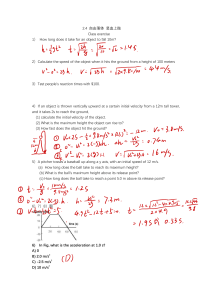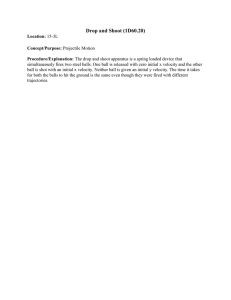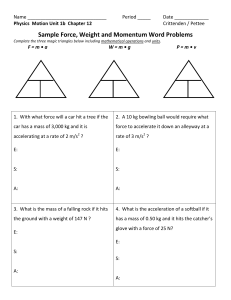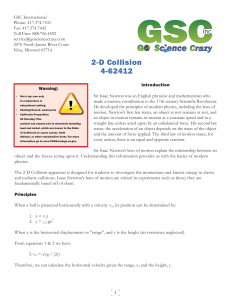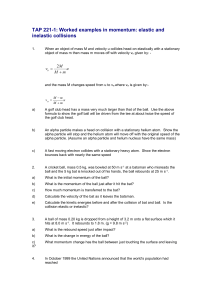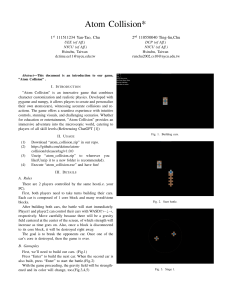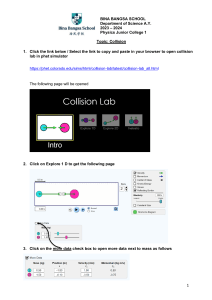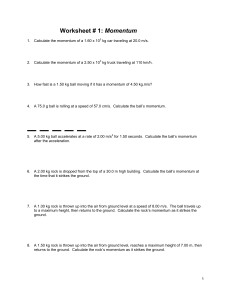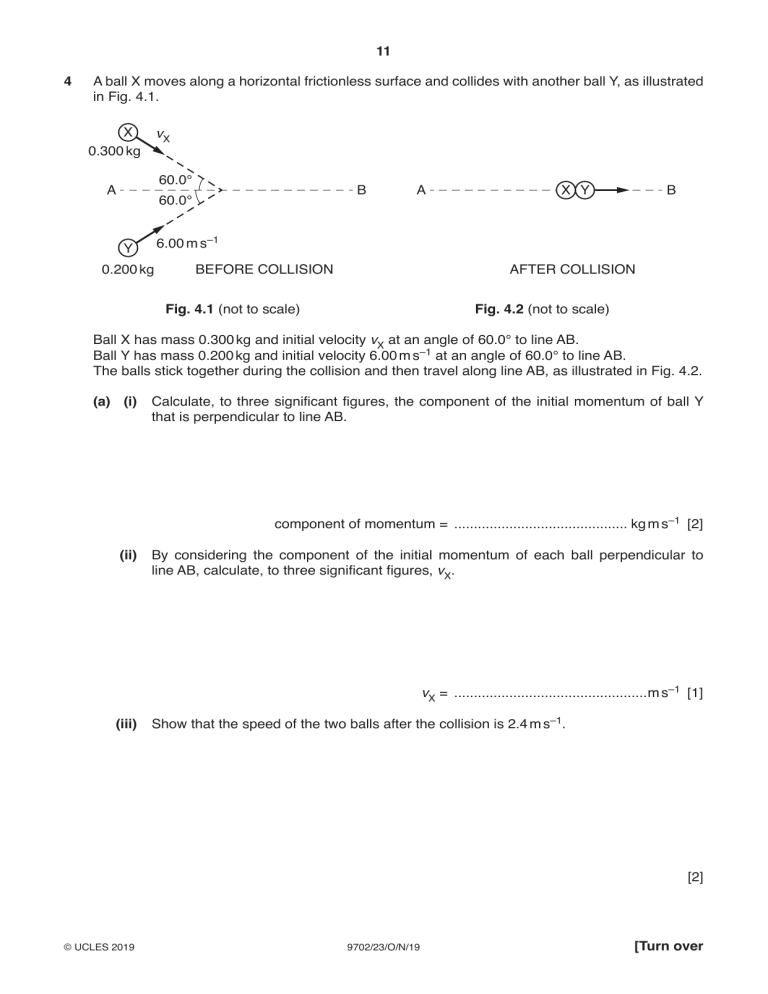
11 4 A ball X moves along a horizontal frictionless surface and collides with another ball Y, as illustrated in Fig. 4.1. X 0.300 kg vX 60.0° A B 60.0° A B X Y 6.00 m s–1 Y 0.200 kg BEFORE COLLISION AFTER COLLISION Fig. 4.1 (not to scale) Fig. 4.2 (not to scale) Ball X has mass 0.300 kg and initial velocity vX at an angle of 60.0° to line AB. Ball Y has mass 0.200 kg and initial velocity 6.00 m s–1 at an angle of 60.0° to line AB. The balls stick together during the collision and then travel along line AB, as illustrated in Fig. 4.2. (a) (i) Calculate, to three significant figures, the component of the initial momentum of ball Y that is perpendicular to line AB. component of momentum = ............................................ kg m s–1 [2] (ii) By considering the component of the initial momentum of each ball perpendicular to line AB, calculate, to three significant figures, vX. vX = .................................................m s–1 [1] (iii) Show that the speed of the two balls after the collision is 2.4 m s–1. [2] © UCLES 2019 9702/23/O/N/19 [Turn over

